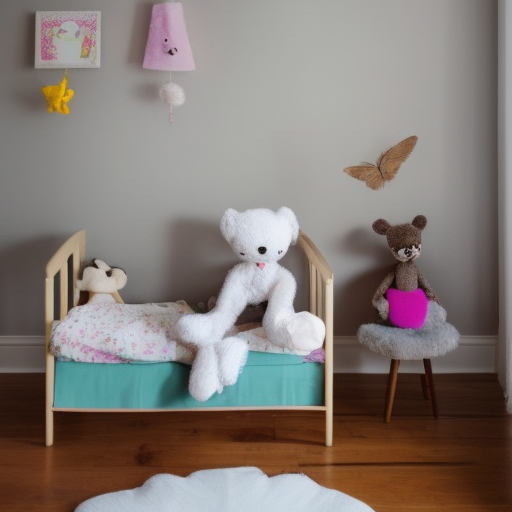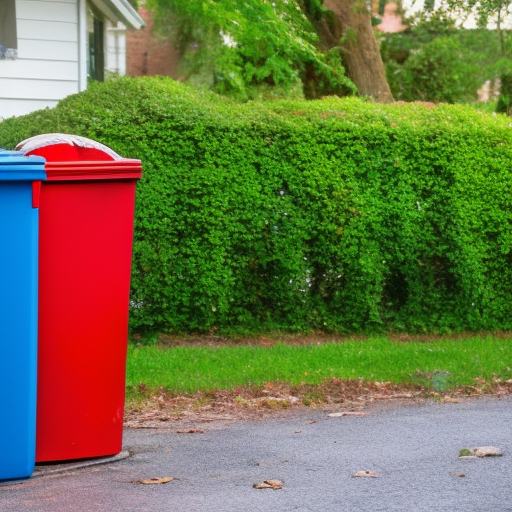How to get rid of bed worms
So, you’re lying in bed trying to get a good night’s sleep, when suddenly you feel something crawling on your skin. You turn on the light and see small, white worms wriggling around on your sheets. Gross! You might have bed worms.
But what exactly are bed worms, and how did they end up in your bed? Bed worms are actually the larvae of several different types of insects. Carpet beetle larvae, also known as “woolly bears,” are small, white worms that feed on natural fibers like wool, feathers, and fur. Pinworms are thin, white worms that infect the human intestine and can sometimes be found on bedding and clothing. Clothes moth larvae, also known as “casemakers,” are small, white worms that feed on clothing and other materials made from natural fibers.
So how do you get rid of these pesky bed worms? Let’s take a look at some effective strategies for each type of bed worm.
How to get rid of carpet beetle larvae
Carpet beetle larvae are often found in areas with high levels of humidity, so the first step in getting rid of them is to reduce humidity in your home. This can be done by using a dehumidifier, running a fan, or opening windows to let in fresh air. You should also vacuum your carpets, rugs, and upholstered furniture regularly to remove any larvae or eggs that may be present.
Next, you’ll want to dispose of any infested items. This might include wool blankets, feather pillows, or fur coats. If you can’t bear to part with these items, you can try freezing them for several days to kill any larvae or eggs that may be present.
To prevent future infestations, it’s important to store natural fiber items in airtight containers or bags. You should also consider using insecticides or insect repellents to keep carpet beetles at bay.
How to get rid of pinworms
Pinworms are typically found in the intestine, but they can sometimes be found on bedding and clothing. If you suspect you have pinworms, it’s important to see a doctor as soon as possible. They can prescribe medication to kill the worms and help you get rid of the infection.
To prevent the spread of pinworms, it’s important to wash your bedding, clothing, and towels in hot water and dry them on the highest heat setting. You should also wash your hands thoroughly and frequently, particularly after using the bathroom and before eating.
How to get rid of clothes moth larvae
Clothes moth larvae are attracted to natural fibers like wool, cotton, and fur. To get rid of them, you’ll need to clean your closet and drawers thoroughly. Start by vacuuming the inside of your closet and any drawers or storage containers where you keep your clothing. Be sure to get into the corners and crevices, as this is where clothes moths like to hide.
Next, you’ll want to wash or dry clean any infested clothing or other items. If you can’t wash or dry clean an item, you can try freezing it for several days to kill any larvae or eggs that may be present.
To prevent future infestations, it’s important to store clothing and other natural fiber items in airtight containers or bags.
You should also consider using mothballs or moth repellents to keep clothes moths away. These products are available at most hardware stores or online.
It’s also a good idea to regularly check for signs of clothes moth infestation, such as small holes in clothing or a musty smell in your closet. If you catch the infestation early, it will be easier to get rid of the larvae and prevent further damage to your clothing.
Conclusion
Getting rid of bed worms can be a challenge, but with the right strategies and a little bit of effort, you can rid your home of these pesky pests for good. Remember to reduce humidity, dispose of infested items, and use insecticides or repellents to prevent future infestations. And if you suspect you have pinworms, be sure to see a doctor as soon as possible to get the proper treatment. With a little bit of diligence, you can have a bed that is free of bed worms and get a good night’s sleep once again.






